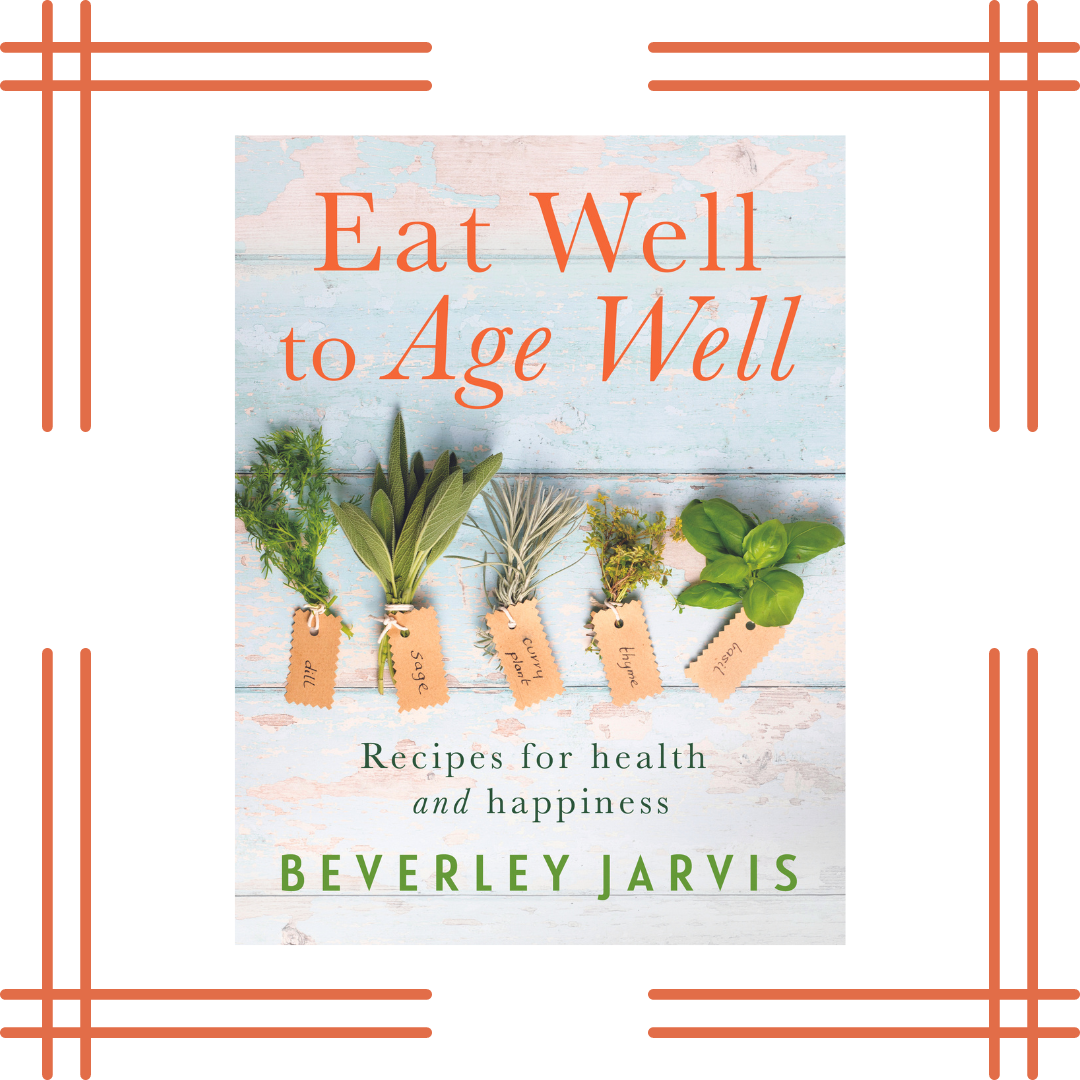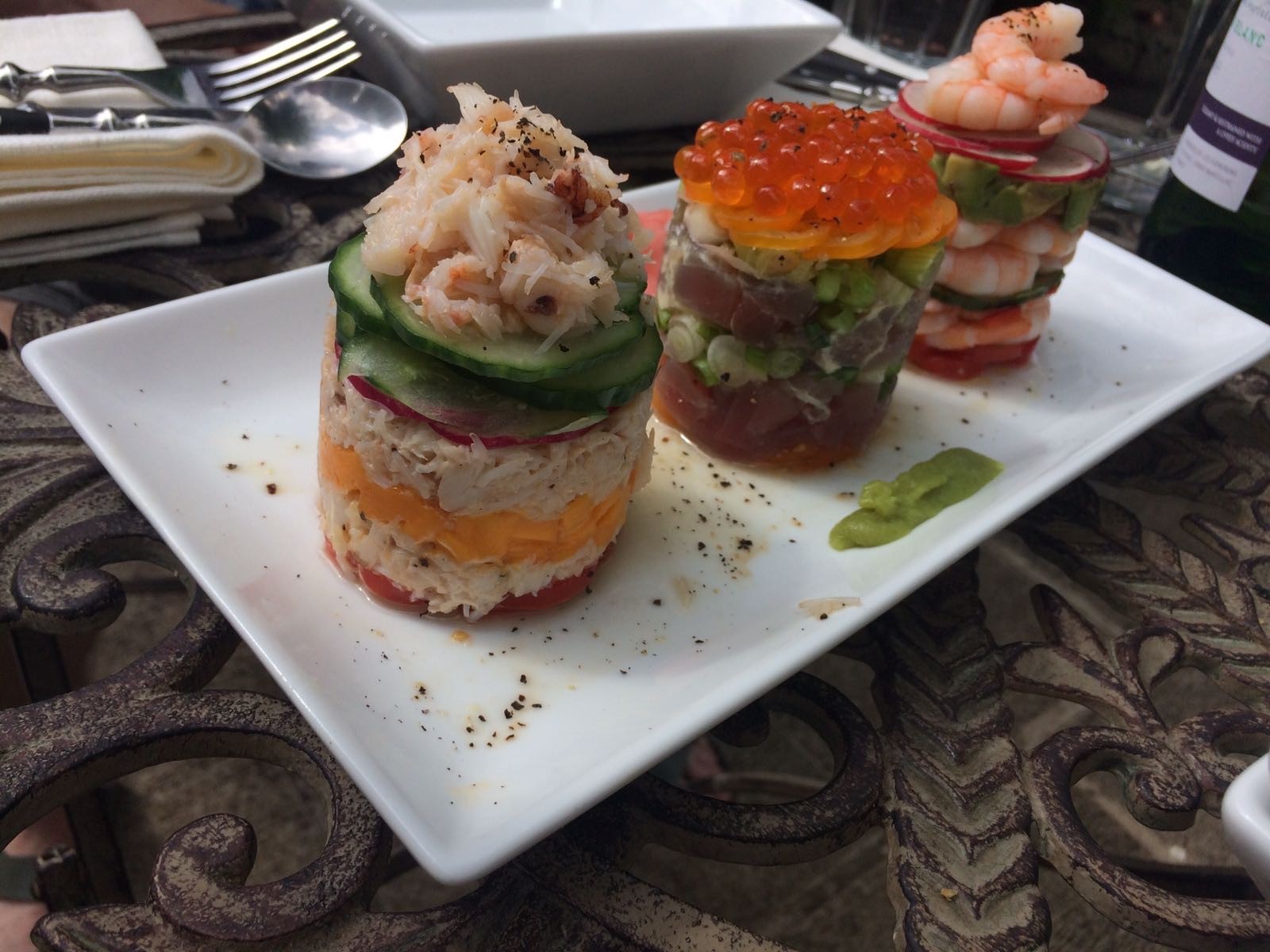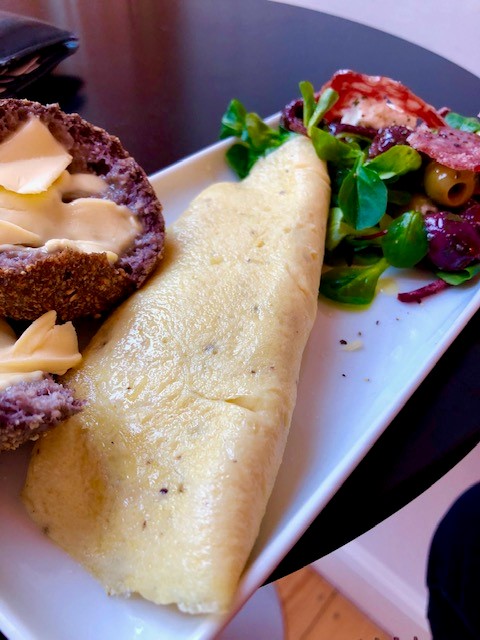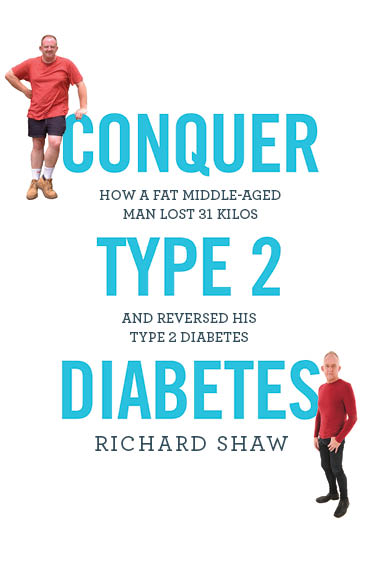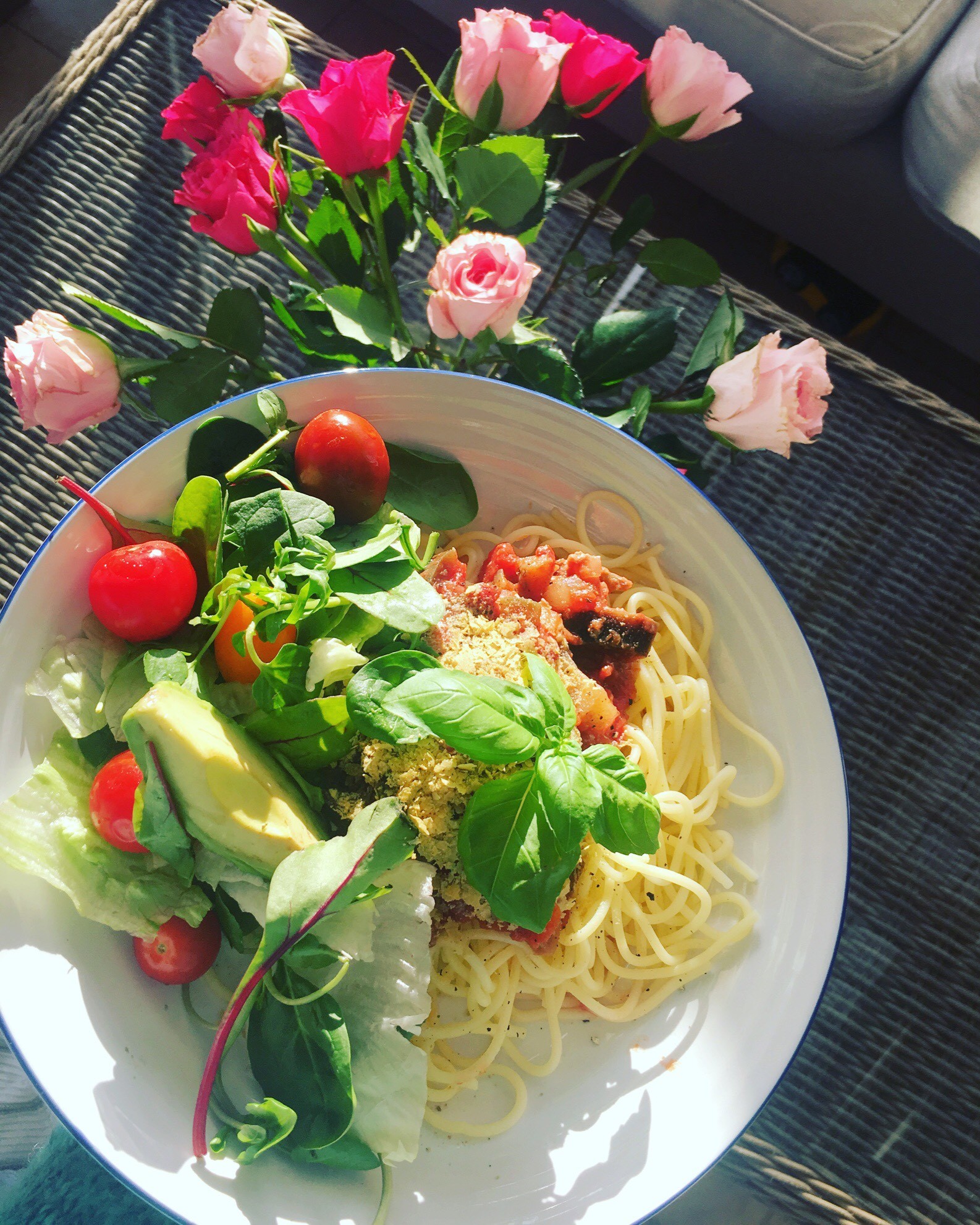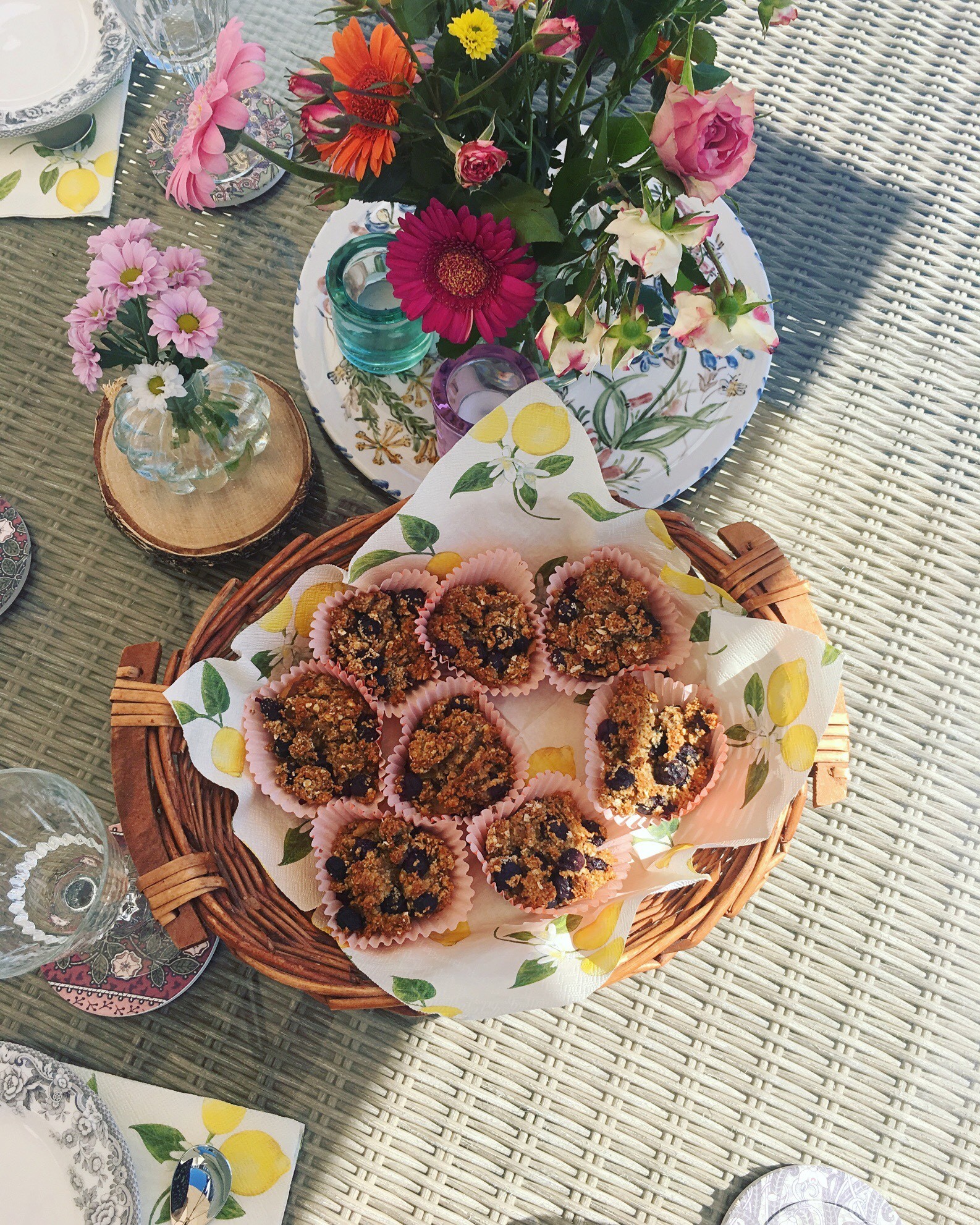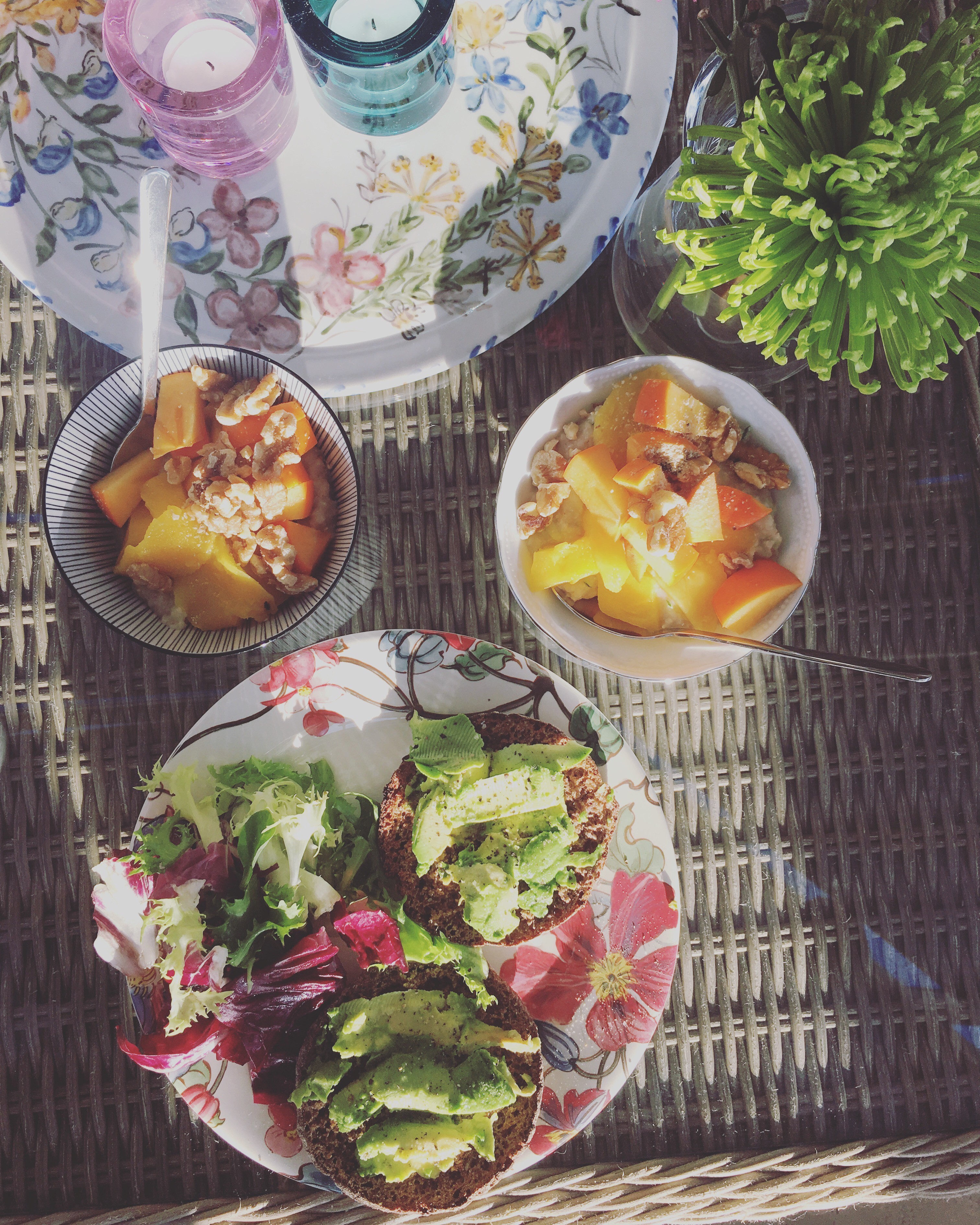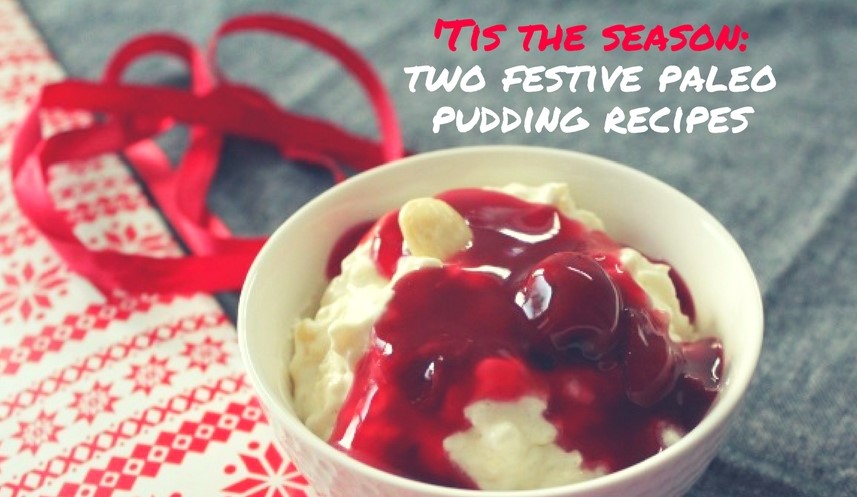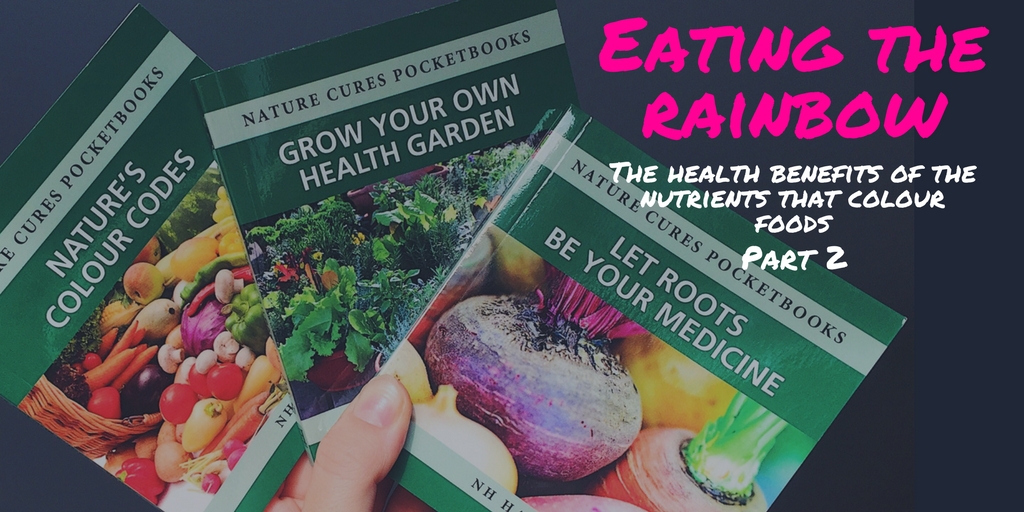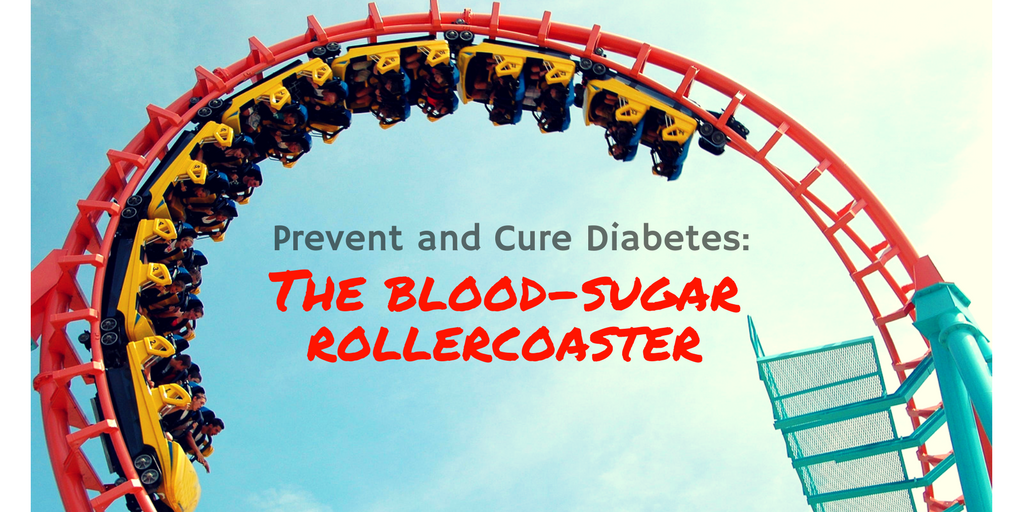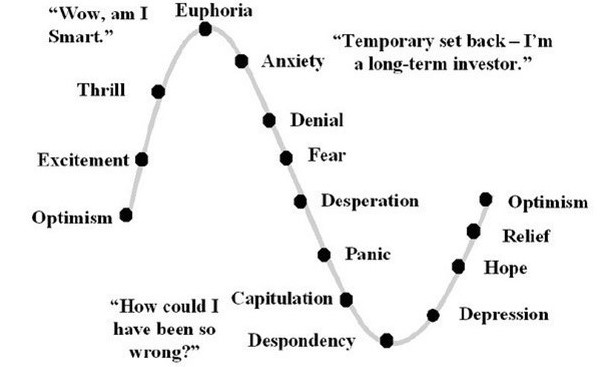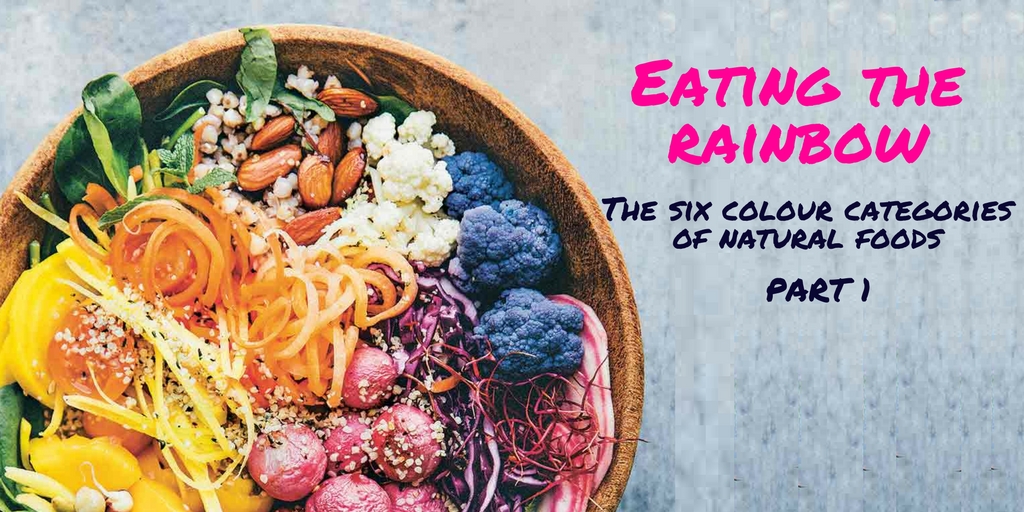
Why we should “eat the rainbow”
Nature’s colours give strong clues about the nutrient content of foods which we should not ignore. For instance; beetroots are rich in betacyanins and iron which gives them their deep red colour and provides the essential ingredients for optimum health. Iron is essential to the production of red bloods cells that carry vital oxygen to all parts of the body and betacyanins have a whole host of amazing health benefits.
Some vegetables contain more than one colour. For instance, spring onions have green leaves and white roots. This means there are the nutrients associated with both these colours present so the whole of the plant should be eaten and will provide the nutrients listed for green and white below. The same goes for beetroot and beetroot leaves and turnips and their leaves.
Some vegetables, fruits and nuts contain different healthy nutrients in both their flesh and skins so both should be consumed. Apples, aubergines, potatoes and sweet potatoes are examples. Orange, lime and lemon peel has powerful antioxidant properties and can help to protect the brain and heart and therefore should be included in the diet. Skins should only ever be discarded if they are completely inedible, such as those of bananas, watermelons or pumpkins.
The colour of foods can also indicate the ripeness, which again has an impact on the nutritional content. For instance, green unripe bananas are richer in resistant starch and fibre than ripened yellow bananas while Japanese scientists have found that a fully ripe banana produces a substance called tumour necrosis factor (TNF). This compound has the ability to combat abnormal cells and protect against cancer. They discovered that as the banana ripens and develops dark brown and black spots and patches on its skin, the concentration of TNF increases. They say that the degree of anti-cancer effect corresponds to the degree of ripeness of the fruit.
The six colour categories of natural foods
Choose at least one small serving of each of the following six colour categories each day if you can. Make two of them fruit and four of them vegetables and at least one should be a leafy green.
• Green
• Orange/yellow
• Red
• Black/blue/purple/violet
• Cream/white
• Brown/gold
1. Green
Chlorophyll and carotenoids give the green pigment found in: apples, alfalfa, algae, artichoke (globe), ashitaba, asparagus, avocado, bell peppers, broad beans, broccoli, Brussel sprouts, cabbage, celery, chilli peppers, chives, chlorella, cress, courgettes, grapes, olives, herb leaves, kale, kiwi fruit, lettuce, lime and peel, mung beans, okra, peas, pumpkin seeds, rhubarb, rocket, runner beans, seaweed, spinach, spirulina, spring onions, watercress, winged beans and sprouted seeds, grains, nuts and legumes,
2. Orange and yellow
Curcumin gives turmeric its yellow colour and anthoxanthins, betaxanthins, carotenoids and/or chalcones give the yellow and orange colours found in: apricots, bell peppers, butternut squash, carrots, chick peas, chilli peppers, corn, ginger, lemons, lentils, mango, oranges, papaya, peaches, pineapple, prickly pear, pumpkin, swede, sweet potato, tangerines, turmeric, the peel of yellow and orange citrus fruits and whole grains.
3. Red
Anthoxanthins, betacyanins, carotenoids and/or lycopene provide the red pigment in: apples, asparagus, bell peppers, cabbage (red), cherries, chilli peppers, cranberries, goji berries, grapefruit (pink), grapes (red and black), guava, oranges (blood), pears (red), mung beans, persimmons, pinto beans, prickly pear, radishes, raspberries, rhubarb, red chokeberry, kidney beans, onions (red), pomegranates, rose hips, saw palmetto berries, strawberries, sumac, Swiss chard, tomatoes and watermelon.
Astaxanthin causes the pink/red colour in seafood, such as lobster, prawns, salmon and shrimp. The highest concentration is found in red krill oil. (Note that in farmed salmon the pink colour is produced by feeding them with lab-produced astaxanthin as they would otherwise be grey).
4. Black blue, purple and violet
Anthocyanins and betacyanins (never together) give the blue to black colours and are often most concentrated in the skins and/or stems of food crops such as: acai berry, purple aubergine, beetroot, bilberries, black bananas, black beans, blackberries, black chokeberry, blackcurrants, black tea, blueberries, broccoli (purple variety), cherries, chokeberries, cranberries, dates, elderberry, figs, black grapes, black olives, kidney beans, maqui berries, mulberries, onions (red), navy beans, plums, poppy seeds, potatoes (red-skinned), prickly pear, prunes, purple broccoli tops, radishes, raisins, sweet potato (skins), Swiss chard and winged beans.
5. Cream and white
Anthoxsnthins give the cream and white colours found in: white aubergines, just-ripe bananas, Brazil nuts, butter beans, cauliflower, celery, chestnuts, coconut, garlic, Jerusalem artichoke, leeks, macadamia nuts, mung beans, mushrooms, navy beans, onions, parsnip, peanuts, pecans, pine nuts, pistachios, potatoes, radishes, soya beans, spring onions and turnips.
6. Brown and gold
Brown and golden foots can contain a variety of the above pigment nutrients. Examples include: brown rice, cocoa beans, dates, mushrooms, nuts, potato skins, seeds and whole grains.
This extract was taken “Nature’s Colour Codes” from the Nature Cures pocketbook series by Nat H Hawes.
